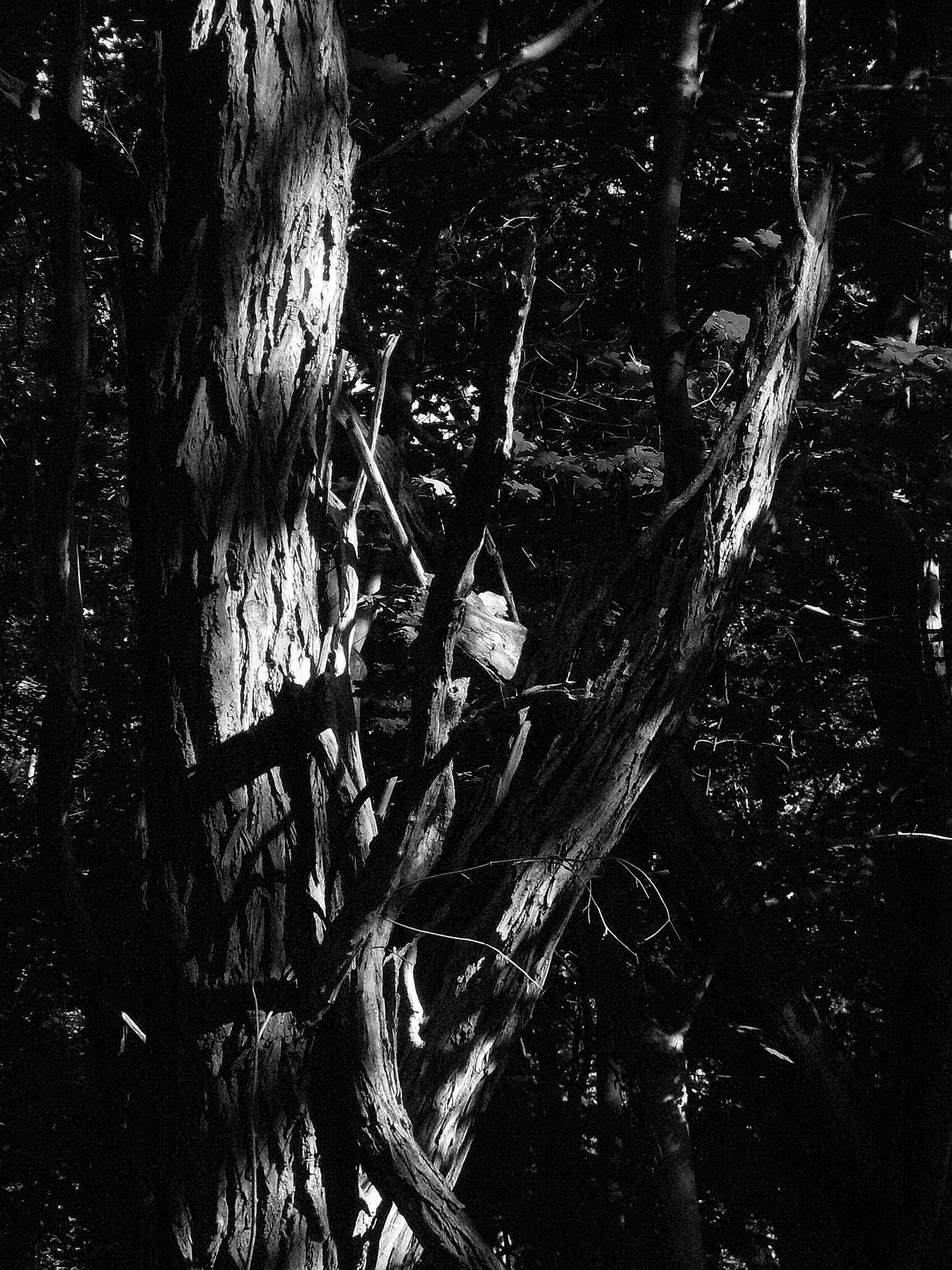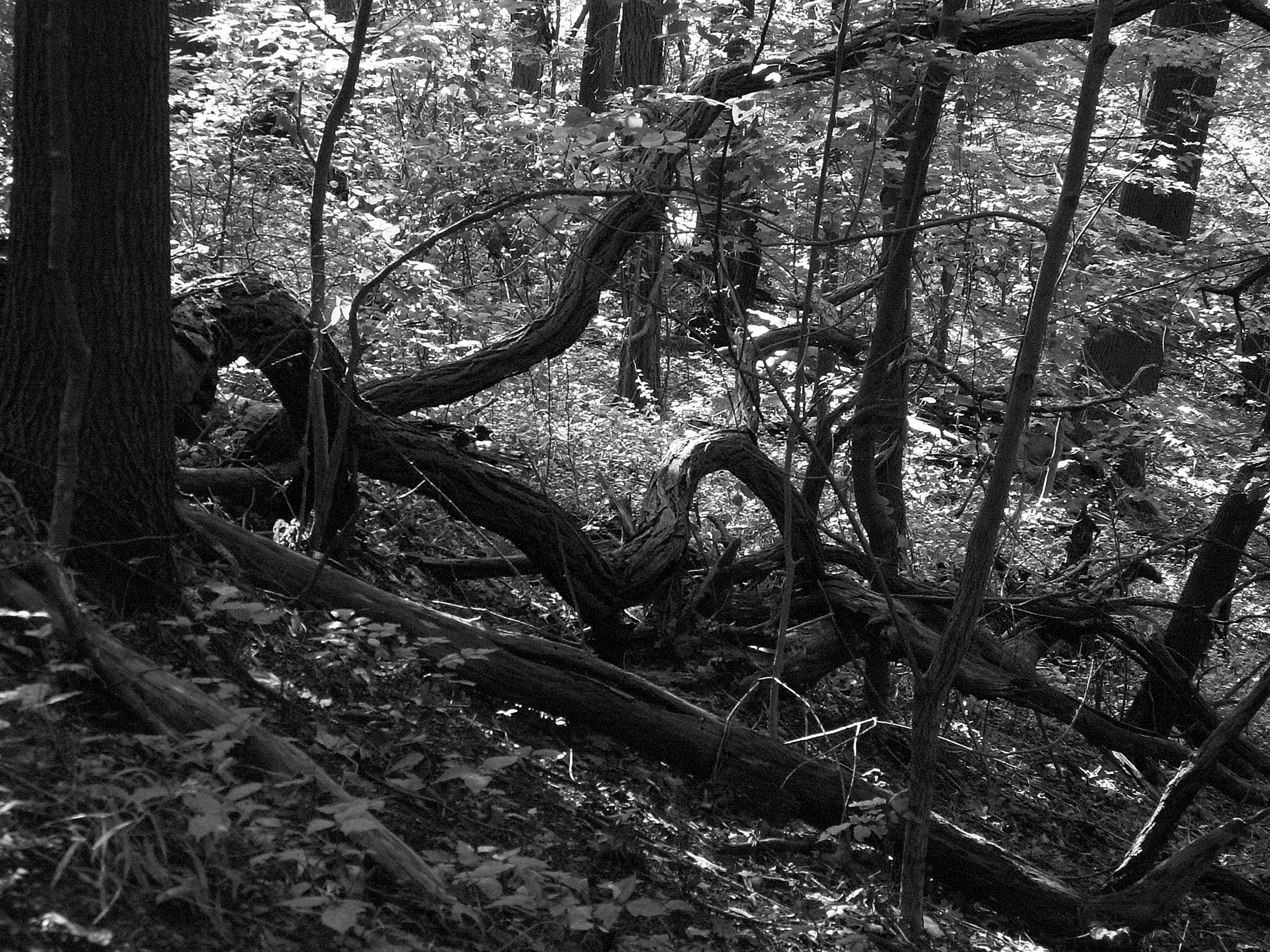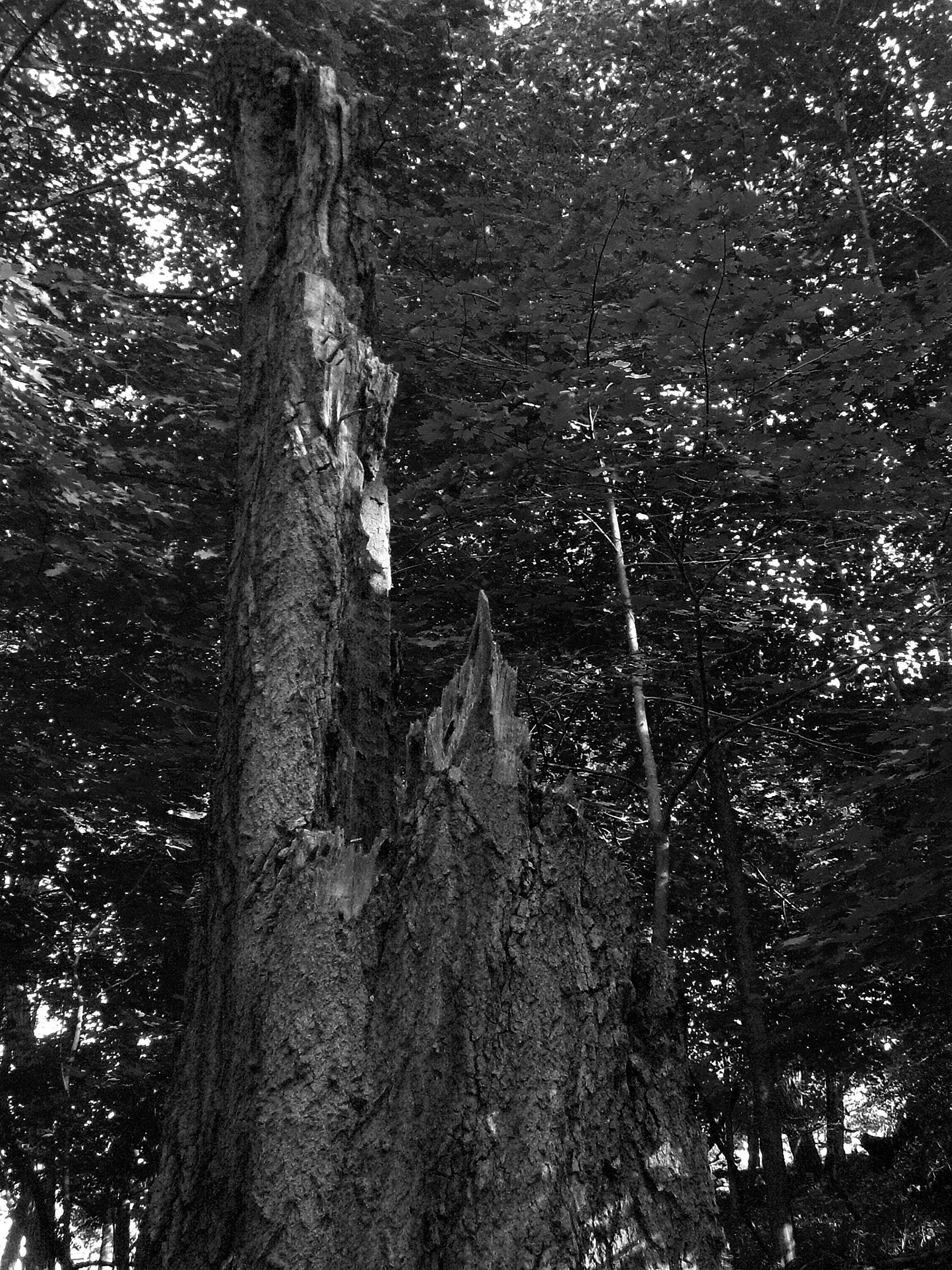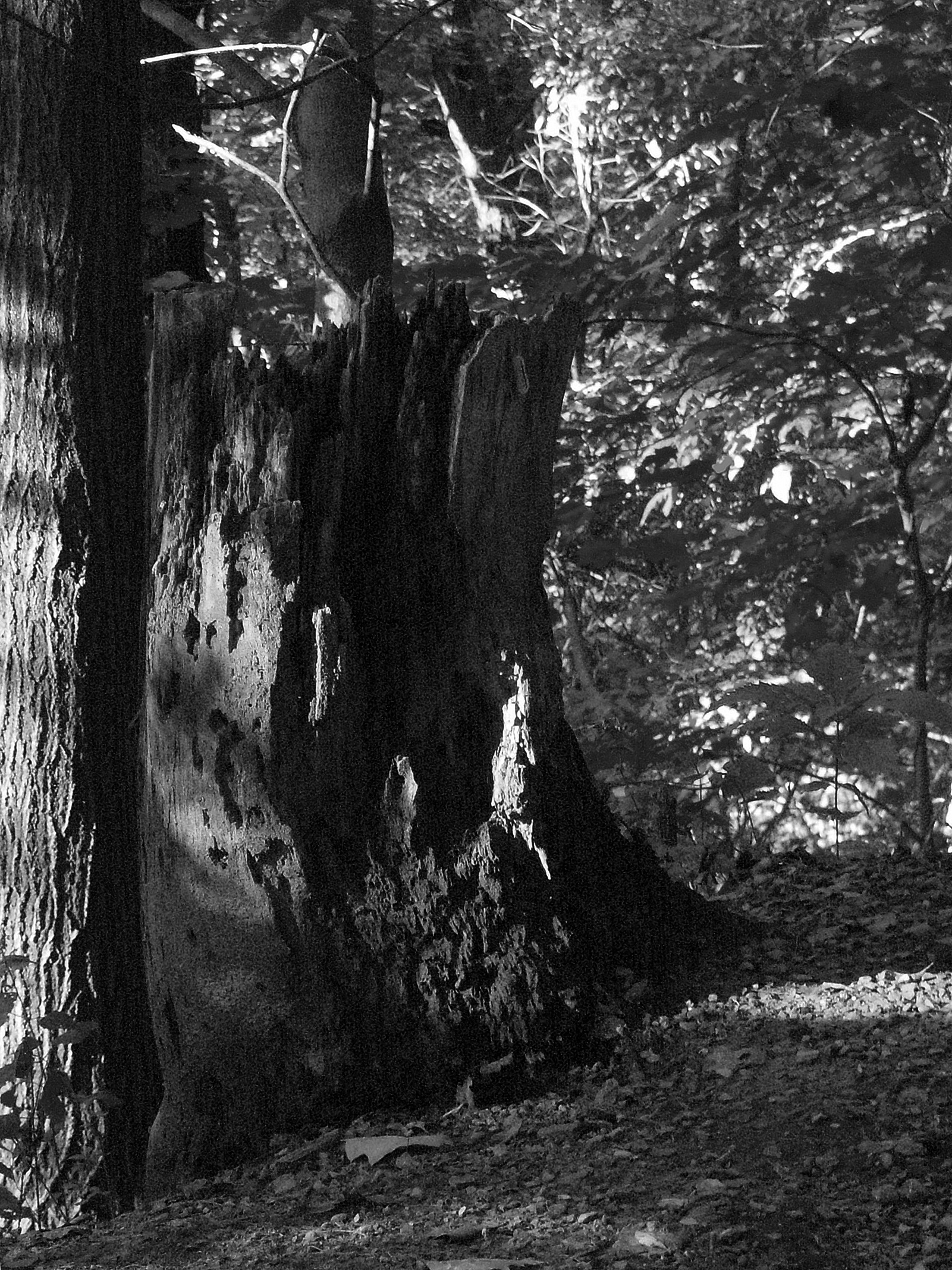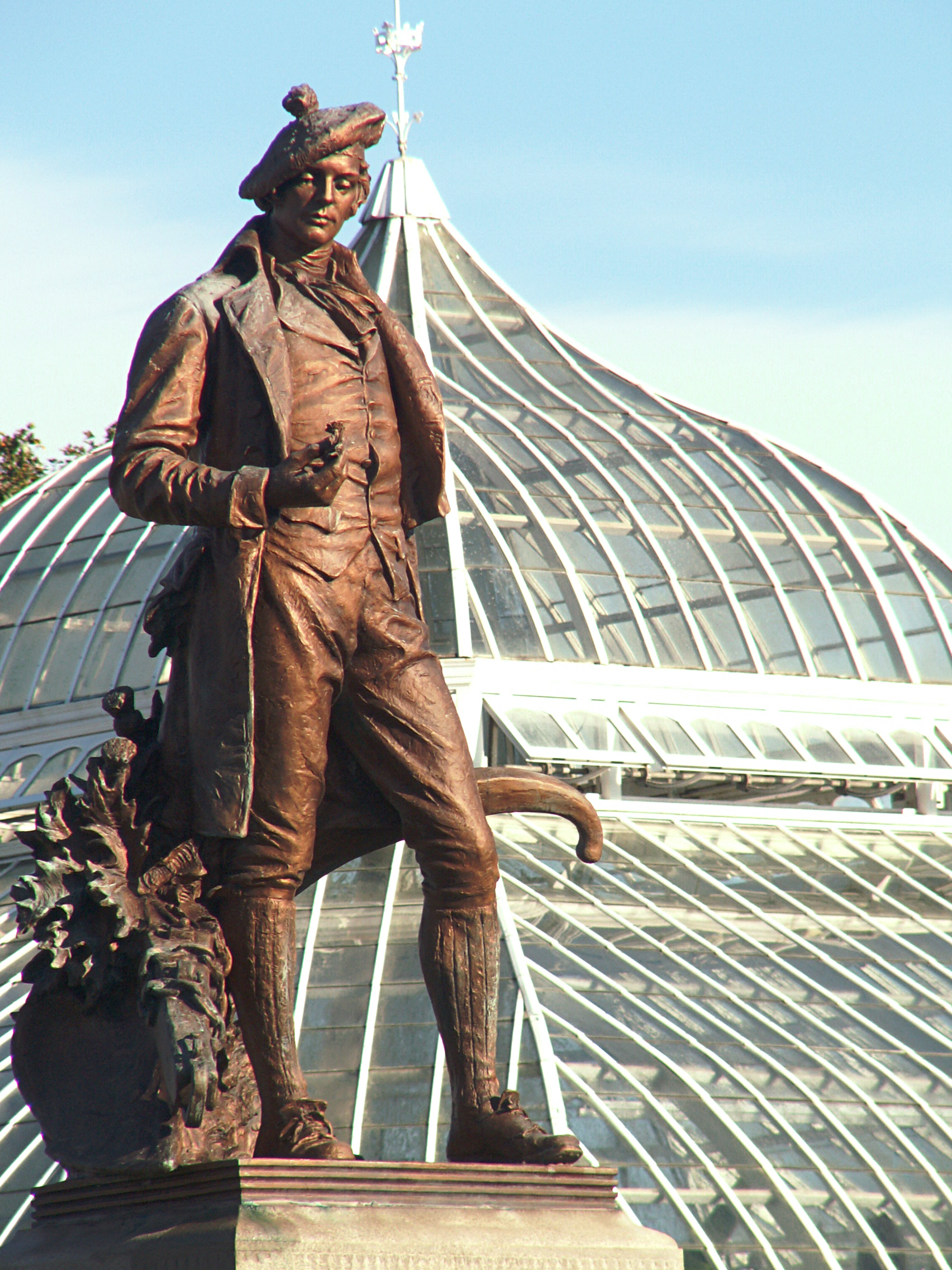
This is one of several Robert Burns statues that J. Massey Rhind made for various cities in the United States. Pittsburgh’s was sponsored by Andrew Carnegie and other prominent Pittsburghers of Scots ancestry.
Cameras: above, Konica-Minolta DiMAGE Z3; below, Olympus E-20n.






